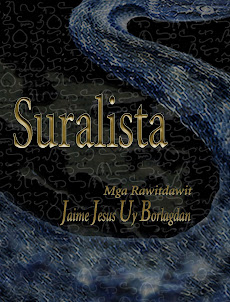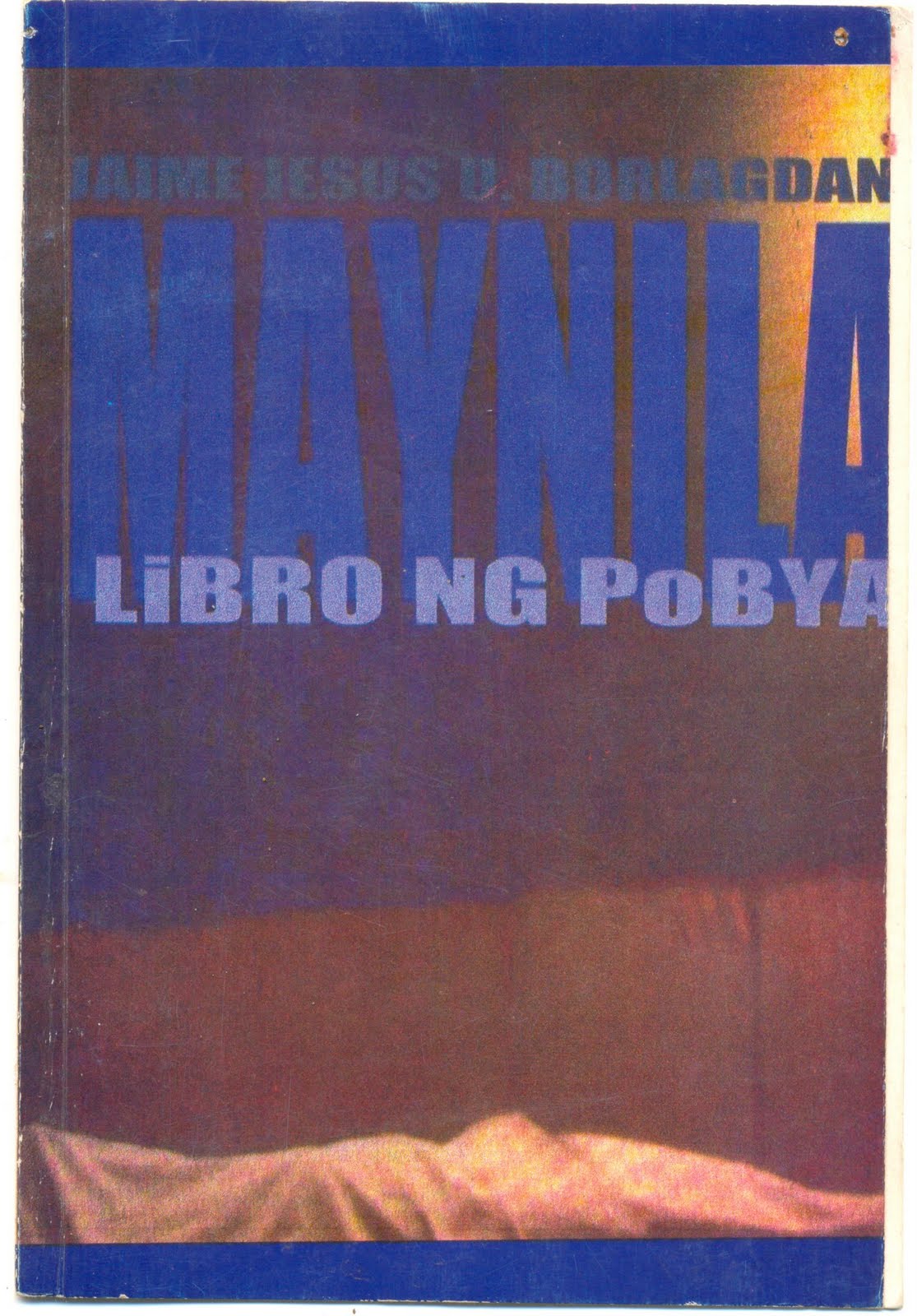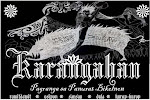
Sige na uran
ulaa an gabos na dagit
sa dagang an unit pinaraknit
kan init na nagraragit.
Kan lipot mong hapros, bulunga
an kalintura kan mga namarahan ki natok.
An kamusingan
na isinapurak samuya kan alingahot,
dagonasa kan tipon mong kidit.
Giraray, lawiga an mga lana
na ruminabas paluwas
sa samong lawas na sulot.
Dugduga an mamarang kinaban
na naghihidaw an halunan.
Dugduga an gadan na kinaban
na baka lamang maumayan.
Orasyon sa uran
Kun nata ako nagbabaklay
Habo ko na magparasakay.
Minaluya an sakong tabay
pag dai nagagamit.
Buda kaipuhan nang magpasadit
ta an hangos garo na naiipit,
garo priming madalion nang madagit.
Ini an madaling ipasabot
sa mga naghahapot
kaya ini an pirmi kong simbag
kun ihapot ninda sa bintana
kan saindang lunadan
kun nata ako nagbabaklay.
Dai naman sinda minapirit
na ihapit ako kun maaagihan
man ninda su sakong dumanan.
Pero kun nata ako nagbabaklay
dai ninda masasabutan.
Pag tinaram ko an totoo
dai ninda mamumuyahan.
Makaskason an oras
pero igwa pang panahon.
Dai ako minahidali
ta habo kong mabayaan.
Dai ako minapadaog sa rayo.
Pag itimakan ko an saiyang ikog
an lawig minarani, minagaro.
Garo ritwal kan mga layas
na halas
sa sayaw kan pagmaro.
Ihinghing niya an mga adal
na napurot sa daga.
Sa sakuyang pagduko
sa banal na dalan
an mata ko mimuklat
sa mga pasang brilyante
sa paril, sa mga batiris
na daing padumanan,
buda sa mga pigtatangang insekto.
Ini an pigbabayadan ta
an dai makahiling
kan suanoy na sulog
kan salog sa irarom kan tulay
an silyab kan mga aking lawas
na minakintab sa karapsaw.
An Aki Sa Laog Kan Harong

An Aki Sa Laog Kan Harong
Su silensiyo sa laog kan harong
su sa barayleng kawat pagpundo kan tugtog.
Dai naghihiriro su mga bagay. Kidit
sa pagpasan sa sadiri nindang saray
na kumugtakan: an mamugtak.
Ini an saindang tibay, daing makadaog.
Ini an pruweba kan saindang pagkagadan.
Dawa pa, pinugol man giraray kan aki
su saiyang paghangos. Ginugom su kamot
nganing dai maglaylay pag natanglay.
Binurarat su mata maski magruluha
dai sana magpirok. Muya niyang mation
an tagas kan mga tukawan.
Saparon an pasensiya
kan mga garapon na gapo.
Sa arog kaini garo kairiba siya
sa saindang paghalat
kan sarong pag-abot na dai niya pa aram.
Dinupa kan relo su rayo
kan dose sa sais. Tisuhon
na ispin, nakatadok sa tahaw
kan matalimon na pansagang.
Namamate niya an paghali
kan saiyang pagmati.
Sa higot kan saiyang gugom
nalingawan niya su saiyang kamot.
Sa linaw na nagdumig sa saiyang mata
duminiklom su saiyang paghiling.
Luminataw su isog kan saiyang tagas
siniba su saiyang tulang.
Arog na siya sainda:
an liya-liyang nagtitipon ki liday,
an kurtinang nag-iipos ki paglataw.
Pag harani na an saiyang pagkalamos
iisip niya na nagririrop siyang perlas
na naguong sa batak sa kantil.
Kun minainit an saiyang daghan
iisip niya na arog kaan an higot
na kugos kan saiyang tatawanan.
May saro na sana
na dai siya napapapundo.
Nagtutuktok ini.
Arog pag bangging dai nang ribok
pigtatahob niya an saiyang kamot
sa tahaw niya nganing dai niya na madangog.
Ngonian na napahalo na niya su gabos na tanog
ini na sana su nadadangog.
Kan pinundo niya su gabos na paghiro
namate niya an paghiro kaini.
Naglalakop hali sa kun sain na rarom
na maski nasa laog niya dai niya maturo.
Nagtutuktok ini.
Nagtutuktok ini sa saiyang tikab.
Nagtutuktok ini sa saiyang kamot.
Sa saiyang luong. Sintido. Rapandapan.
Hanggan sa mapano siya ki mga tuktok.
Garo siya naghalon ki mga duwendeng
dai nagagadan. Pigraraot kaini
an saindang laoman.
Dangan kuminagrit siya
sa puro kan kaya niyang tioson.
Sa luwas, suminalak an tanog na ini
sa ikik kan mga bayong sa piot na mangga
buda sa arual kan mga surusuan na makina.
Translation:
The child in the house
The silence in the house
is of the dancing game when the music stops.
The things are still: strained
in carrying their own kept
condition: to be content.
This is their skill, none can surpass.
This is the proof of their deadness.
Even so, the child still held
his breathing. Clenched his hand
to keep them from dangling in case of strain.
Widened his eyes to the point of tears
just to keep from blinking. He wanted to feel
the hardness of the chairs.
Suffer the patience
of the stone jars.
In this way, it's as if he belongs
to their waiting
for an arrival net yet known.
The clock stretched for the distance
of the twelve to the six. An unswerving
spear, plunged at the center
of a circular shield.
He feels the departure
of his senses.
In his clench's tightness
he forgot his hand.
With the clearness wetting his eyes
his vision darkened.
His vicious hardness surfaced
devouring his bones.
He has become like them:
the rocking chair which gathers fluency
the curtain preparing its flight.
Whenever drowning nears
he imagines himself diving for pearls
stuck between the cracks at ocean's trenches.
Whenever his chest burns
he imagines it as the tightness
in the embrace of the one (for whom all of this will be given.)
There's one more thing
he can't hush.
It knocks.
Like at night when the noises are gone,
he places a hand
in his center to shut it off.
Now that he had all the sounds silenced
this is what remains sounding.
After he had frozen all movements
he can feel it moving.
Spreading out from a certain depth
he can not pin-point, even if it's within.
It knocks.
It knocks at his chest.
It knocks at his hand.
On his nape. Head. Underfoot.
Until he is filled with knockings.
As if he had swallowed deathless dwarves. They are tearing down
their prison.
Then he shrieked
at the limit of what he can take.
Outside, the sound blended
with the screech of the birds in the crowded mango
and the howling of jammed engines.
Part 1 of the PTALB Winning entries series







